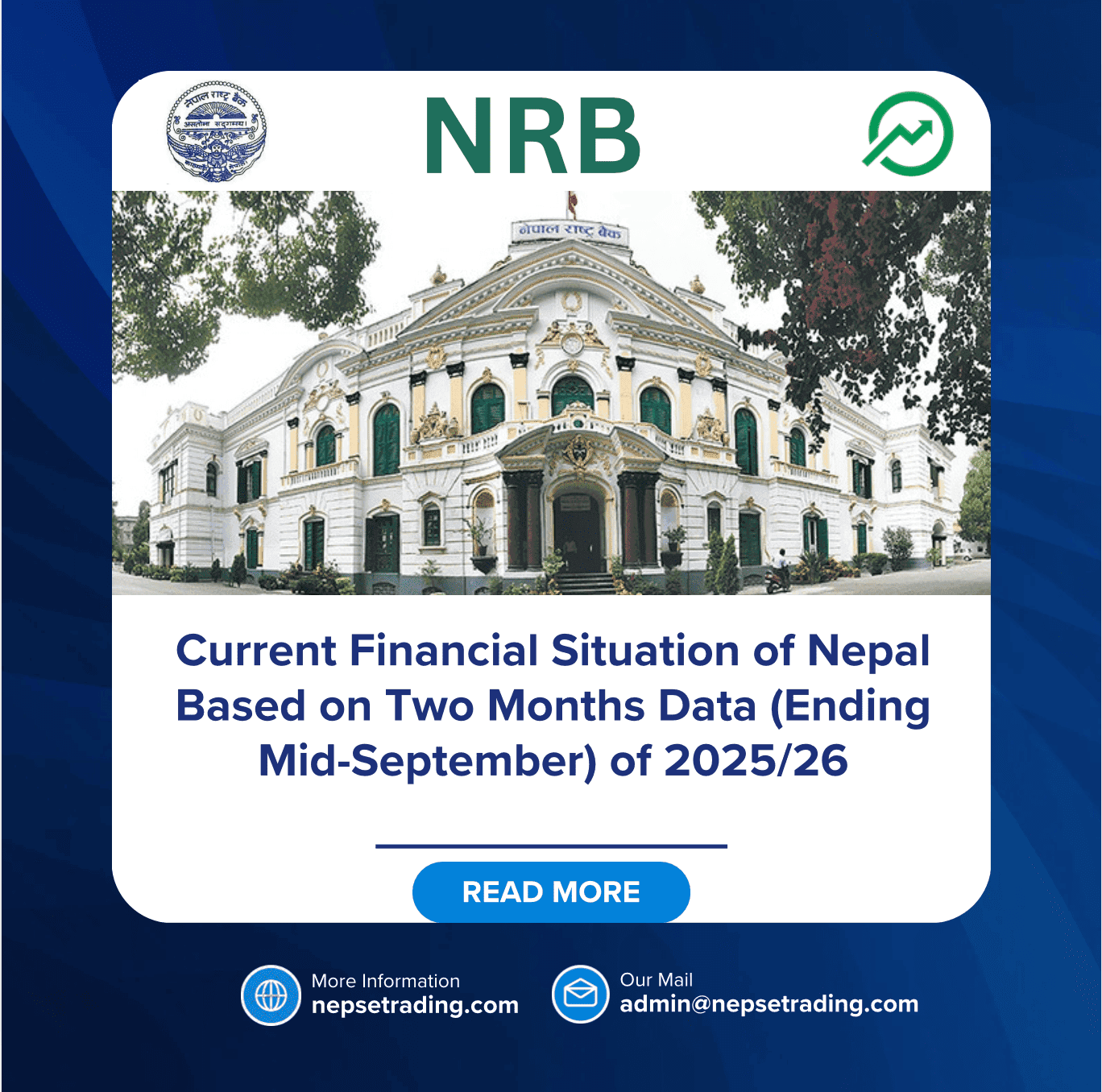By Sandeep Chaudhary
Nepal’s Exports Surge 88.6% in FY 2025/26 – Soybean Oil Leads with 43% Share

The Nepal Rastra Bank (NRB), in its Mid-September 2025/26 Macroeconomic Report, has revealed a remarkable rebound in Nepal’s export sector, with total exports soaring by 88.6% year-on-year. This surge reflects the country’s recovering industrial production, strong external demand, and improved trade logistics. The report shows that soybean oil continues to dominate the export basket, accounting for 43.2% of total exports, making it Nepal’s single largest export commodity for the fiscal year.
According to NRB data, total exports reached Rs. 47.3 billion in the first two months of FY 2025/26, compared to Rs. 25.1 billion during the same period last year. The top 20 commodities contributed 75.4% of total exports, amounting to Rs. 35.68 billion, while other goods made up 24.6% (Rs. 11.64 billion).
Key Export Highlights:
Soybean Oil exports skyrocketed to Rs. 20.42 billion, maintaining its dominance despite past fluctuations. This single commodity alone accounted for nearly half of the country’s total export earnings.
Polyester Yarn and Thread ranked second with Rs. 2.07 billion (4.4% share), followed by Jute Goods at Rs. 1.61 billion (3.4%) and Woolen Carpets at Rs. 1.58 billion (3.3%).
Palm Oil witnessed the most dramatic rise — up 318.4% — reaching Rs. 1.36 billion, while Jute Goods grew by 61.1%, and Noodles by 45.7%, showing strong performance in processed goods.
Traditional exports like Cardamom (+43.9%), Herbs (+44%), and Pashmina (+13.1%) also saw steady improvement, reflecting a gradual diversification of Nepal’s export portfolio.
Meanwhile, some products such as Tea (-37.2%), Woolen Carpets (-20.7%), and Zinc Sheets (-77.6%)experienced declines, indicating uneven recovery across industries.
Sectoral Analysis
NRB’s data indicates that export performance has been supported by improving trade infrastructure, favorable exchange rate conditions, and steady external demand from major markets including India and China. Processed industrial goods, textiles, and agricultural exports have all contributed to this upward momentum.
The export rise is also linked to improved macroeconomic stability. With inflation at just 1.87%, foreign reserves at USD 20.41 billion, and a balance of payments surplus of Rs. 153.7 billion, Nepal’s external sector remains stronger than in previous years.
Electricity and Aviation Fuel Exports
In addition to traditional goods, electricity exports reached Rs. 8.64 billion, while aviation fuel exports totaled Rs. 2.14 billion, showcasing the growing role of the energy sector in Nepal’s export diversification. These categories, though not included in customs data, are becoming increasingly vital in strengthening the nation’s external earnings.
Economists see this surge as a positive sign of Nepal’s export competitiveness, though they stress the need for diversification beyond edible oils and low-value goods. Long-term export growth, they suggest, will depend on value addition, market expansion, and trade facilitation reforms.









